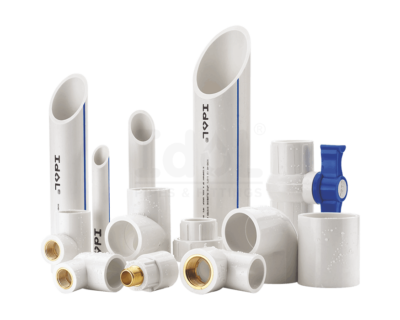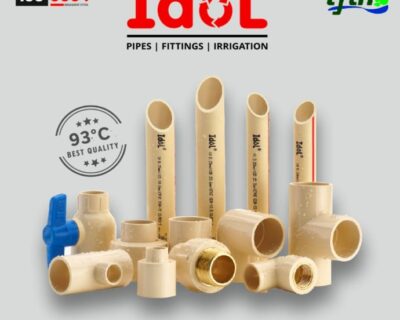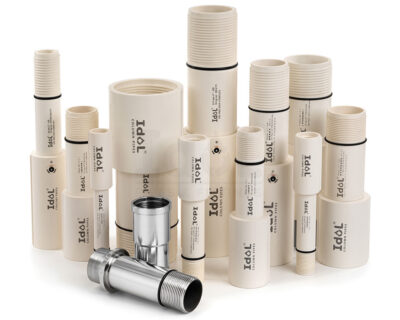Updates

Repipe a House
Generally, you can look forward to the pipes in your house to last in the range of 80 and 100 years.
This long life expectancy—and the way that your pipelines are covered behind the wall—presumably implies that you’ve never really seen your pipelines, so how are you expected to know if they should be replanted?
We’ve assembled these details to give you some cautioning indications that mean it’s an ideal opportunity to get new pipelines (and the amount you can hope to pay for the work).
Decrease the Cost
There’s no one-size-fits-all response to this inquiry. The cost of the work will change by various elements, including:
The kind of pipeline you setup (i.e CPVC pipelines are less expensive than copper pipes)
The size of your house.
The number of washrooms in your house
The accessibility of the pipelines
An enormous house that has a great deal of plumbing fixtures will cost more to repipe than a little house with a solitary washroom. Along these lines, you’ll be required to get an approximate idea from a plumber that depends on the particulars of your house before you begin making a financial plan.
How Long Does It Take?
Once more, this relies upon the size of your home. An expert can repipe a little home in a few days, yet assuming that your house is enormous, the whole cycle might require a week (or longer).
Does this mean you will not have the option to utilize your sinks, showers, bathroom, and so forth for a whole week?
Not really.
At the point when you repipe a house, the handyman will construct the new lines close to the old ones (much of the time). Thus, you’ll have the option to continue to utilize your water from the old lines while this is occurring. The possible time you’ll be without water is the point at which the handyman switches the home over to the new framework.
Inductions You Need to Repipe a House
You probably won’t have the option to see your pipelines, yet there are a few, apparent admonition signs that will let you know they should be changed — assuming you know what to search for. If you notice any of the accompanying things, you should reach out to a plumber immediately.
The Pipes Are Old
Sometimes old pipelines get a leak so they can become risky.
For instance, some more established houses might still have lead pipes. These sorts of pipelines can cause a wide range of medical problems, so you’ll need to change them at the earliest opportunity.
Your pipelines additionally shouldn’t make a ton of commotion. Assuming that they’re clearly making banging or crashing sounds, something isn’t accurate, and you ought to have an expert to take a look.
Continuously change your pipelines assuming they’re arriving at the finish of their life expectancy or on the other hand in the event that you think they are as of now not ok for your house.
You Spend a Lot of expense on Plumbing Repairs
Is it continually spending money on plumbing fixes? That most likely means something is not right with your pipelines. Contributing into new pipelines will help you with cash over the long haul.
The Pipes Are Leaking
Your pipelines shouldn’t begin spilling. Assuming they do, it’s a smart thought to go on and repipe your house. Pipelines that begin spilling are frequently old or harmed.
All things considered, you don’t need to repipe the whole house to fix one hole. You can basically fix up the break and call it great.
Read more: VARIOUS KINDS OF DRAINAGE PIPELINES
Simply remember, if your pipelines began spilling once, they’ll likely start up again eventually soon. Along these pipelines, your fix work won’t have a lot of effect over the long haul. Explore the AGRICULTURE PIPE FITTINGS
Your house Has Low Water Pressure
Low water strain isn’t generally the issue of your pipelines, however, it very well maybe. On the off chance that residue or erosion develops inside your lines, the water will make some harder memories getting past, which can make it emerge from the spigot in a stream. Getting new lines will eliminate this sort of development, giving you better water pressure once more.
The Water Smells, Tastes, or Looks unnatural
If your water is of some other color than clear, something is off about your lines. Dregs, rust, or erosion can turn your water yellow, brown, or red. Now and again, you may see an awful stench or taste before you notice a change of shading.
Try not to drink this water
Inform a plumber and if that they suggest it, plan a repiping arrangement.
You Can See erosion on the Pipes
Consumed pipes are more fragile than normal pipelines, which means they’re bound to begin spilling. They can likewise prompt that staining, smell, or taste we referenced previously.



